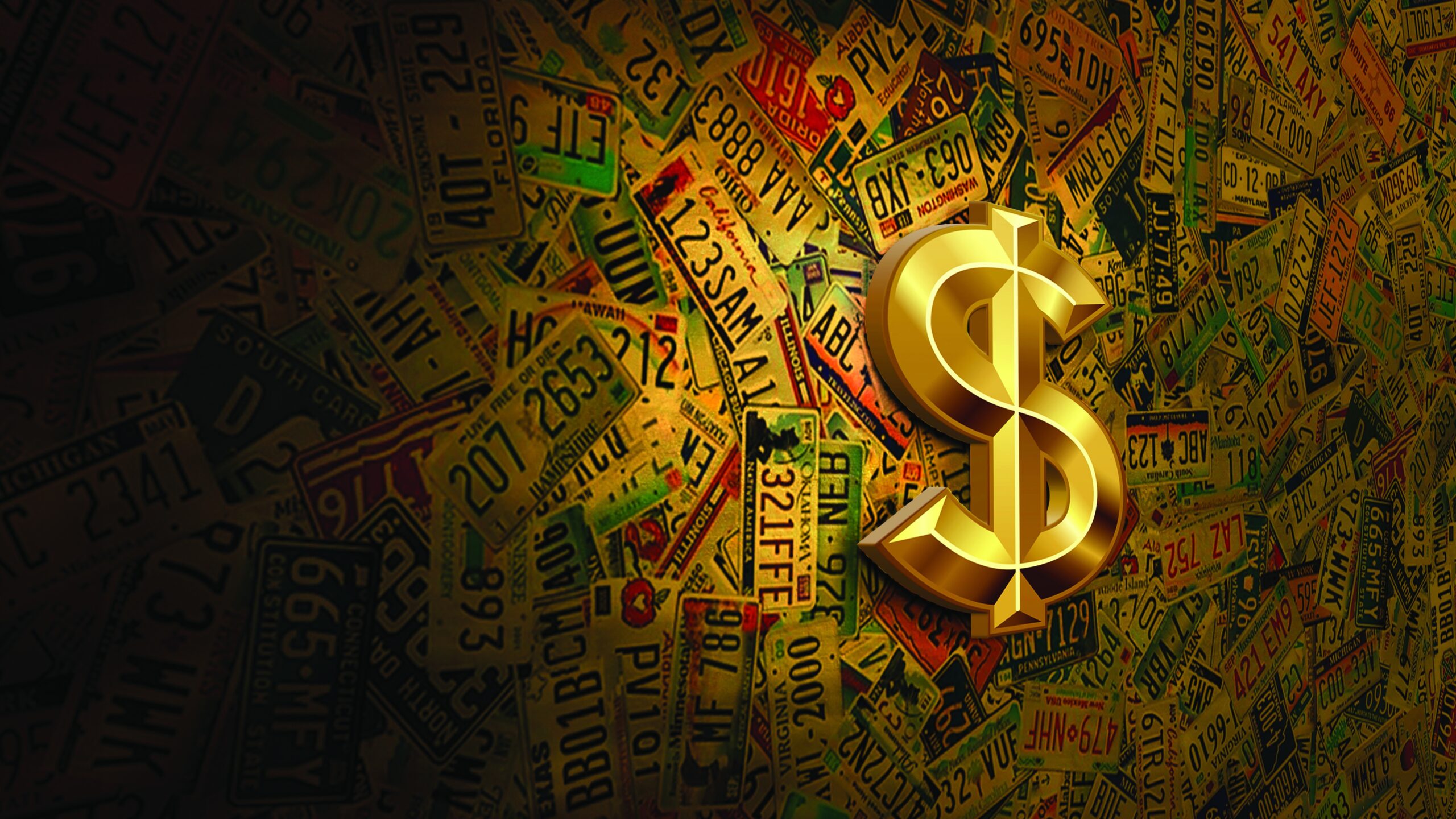
Prime Numbers: In Hong Kong, a personalised car registration puts you on the fast track to prestige
Acquiring the greatest of the best is a matter of sheer luxury for some collectors. So, to take it to the next level, why not go for a noteworthy number plate if you already have a fantastic collection of vintage cars or stable of elite speed machines? To most of us, a vehicle licence plate is a simple stamped piece of metal with an identification number. But to the connoisseur, it is a gateway to prestige and swagger.
In Hong Kong, you don’t have to be a big spender to score a PVRM (personalised vehicle registration mark). At a government auction held at the beginning of the year, HK$11,000 (US$1,400) was paid for the EL0NMUSK plate. Other attention-grabbing car licence plates included BAD G1RL, LATTE and SHADYB1Z. The registration mark 1 HH scored the highest bid, earning HK$115,000 (US$14,700) for the Transport Department.
It is at the next gear of the game when prices start to accelerate and it is a hot market. Millions of dollars have been paid by Hong Kong residents for a single desired plate. The number 18 sold for HK$16.5 million (US$ 2.1 million) in 2008, and 28 fetched $18.1 million (US$ 2.3 million) in 2016.
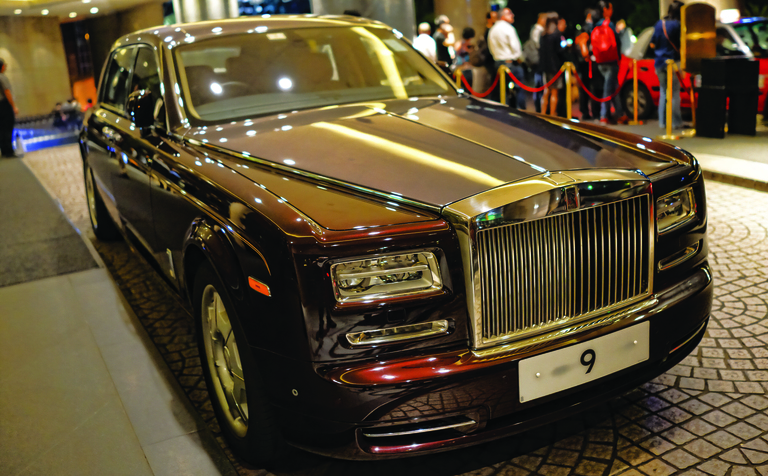
That sounds like a wildly exorbitant amount of money (and it is) for a small metal plate, but there’s no mystery why those big bucks changed hands. In Cantonese, ‘28’ sounds similar to the words for ‘easy’ and ‘to prosper’, so the number is thought to bring good fortune to its owner.
A plate with just the letter R – considered to have positive connotations in Chinese fortunetelling – was sold this year for HK$25.5 million (US$3.2 million). This is just shy of the record price for a PVRM, which was achieved in 2021 when a bidder paid HK$26 million (US$3.3 million) for a plate with the sole letter W.
Top Down’s Top-Up
For some, a rare licence plate is a declaration of stature. A single-digit plate can say more about social standing than a garage full of expensive cars. Vanity licence plates also have sentimental value for owners. Property tycoon Cecil Chao bought his CEC1L plate for a comparatively low price of about HK$20,000 (US$2,550) in 2007. It currently adorns his burgundy and silver Rolls-Royce.
Additionally, Chao owns a Bentley with the letters CHAO inscribed front and back and a convertible Rolls-Royce bearing the number 4. Four is an unfortunate number in Cantonese and Mandarin because it sounds like the word for ‘death’, but not for the Shanghai-born magnate. He notes: “In Shanghainese, number four (sounds like) ‘happiness’ ¬– this is my philosophy of life.”
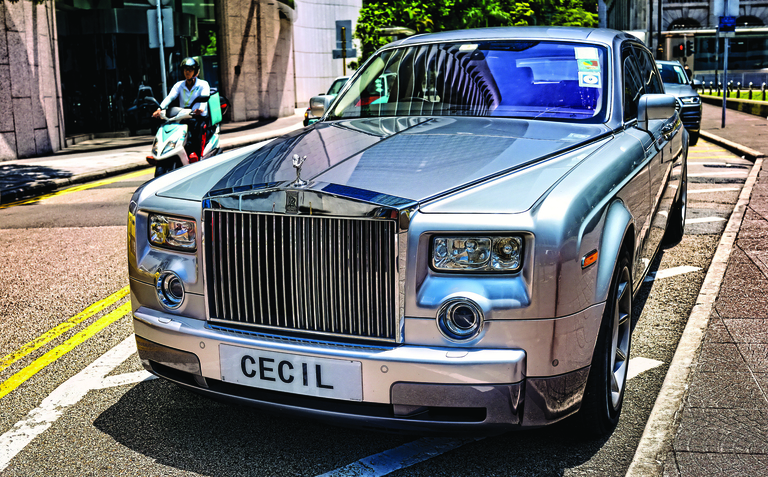
Registration Rush
The Hong Kong Transport Department has auctioned off more than 40,000 PVRMs since 2006, with starting bids of HK$5,000 (US$640). Interested parties must first find out if the department’s which can have a maximum of eight characters (including spaces). After the registration mark is approved, it is put up for auction.
Every January, May and September since the PVRM scheme was introduced in 2006, auctions have been held for personalised marks and more conventional licence-plate numbers to be sold to the highest bidders. From there, it became a phenomenon of its own. Are we a trailblazer in this aspect? Definitely. Is the rest of the world laughing at us? Maybe.
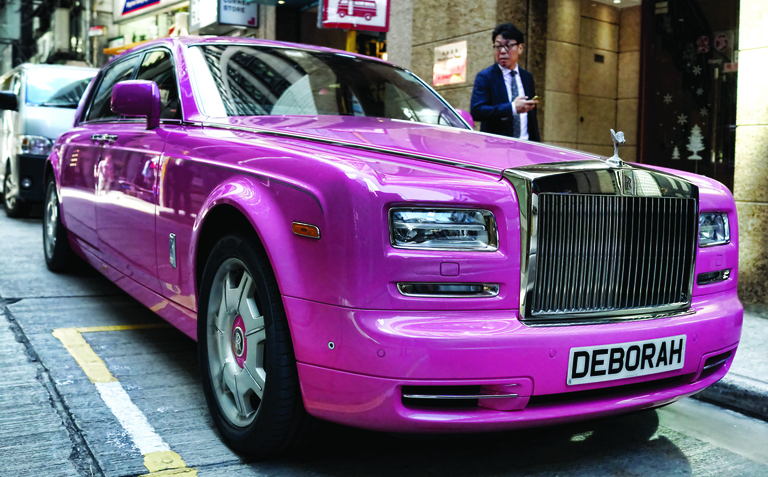
Need for Deed
Local celebrities and businesspeople want to add a PVRM to their vehicles to make them more unique. Since the scheme’s inception more than 15 years ago, a large number of licence-plate combinations have been sold at auction for prices that are nothing short of astounding. Whether or not the superstitious owners of lucky registration marks requirements are met by their proposed plate. The letters I, O and Q are prohibited from being included in licence plates, will actually experience good fortune is unknown, but the Hong Kong charities that benefit from these sales are undoubtedly better off. Funds raised through the auction of vehicle registration marks after the deduction of operation expenses go to the Lotteries Fund, a government body that finances social welfare projects and services through grants, loans and advances.
So why is this an instant phenomenon? It’s quite likely to be a guilt thing. As one of the billionaire cities of the world, Hong Kong has no shortage of ultra-rich individuals. According to a marketing study titled ‘Licensing Effect in Consumer Choice’, people who behave or feel altruistically are more likely to go on to purchase luxury products because of subconscious moral self-licensing ¬– giving to others makes people feel less guilty about getting something for themselves. It becomes easier to justify the purchase of a luxury item after a charitable act.
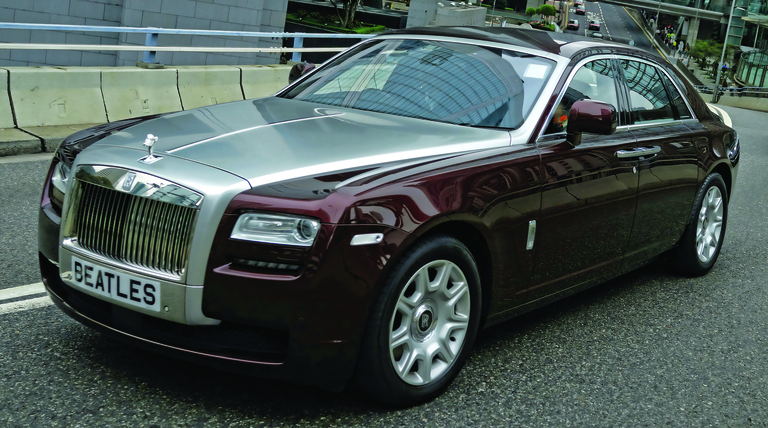
Feeling Lucky
But there’s also cultural reasoning behind the acquisition of personalised plates. Though Hong Kong is considered to be one of the first pioneering modern cities, it has long clung to many of the traditions and superstitions of its cultural heritage. Performing ‘lucky’ actions gives people a sense of control. Religion, science and superstition can help us feel less anxious and more comfortable in a world that seems increasing out of control. Hong Kong is not a particularly religious place, so to feel better, there’s a need to rely on either science or superstition.
The city’s superstitious beliefs are unlikely to disappear anytime soon. Superstitions may be updated over time when people know better how certain things work, but there is no anticipation that these beliefs will go away completely. Since people can never have full control over their life, swearing by the use of lucky numbers, phrases and customs is here to stay. Hence, if and when desirable licence plates like multiple 8s come up for auction, records will be smashed.
And of course, there’s always the cool factor as a motivation for splashing out – where you get to flaunt your unique number plate around the city. Given the slow pace of progress through heavy traffic, especially during rush hour, plenty of people will have time to admire it.







